Hummingbirds are beautiful yet mischievous birds that are known for quick movements and unique beauty. But whenever a hummingbird gets sick, it becomes lethargic and displays abnormal behavior.
Such sick birds need immediate care and attention so that they can prevent it from worsening. So, in this article, I will discuss different types of causes, symptoms, and even treatments that could help prevent you from getting sick in the first place.
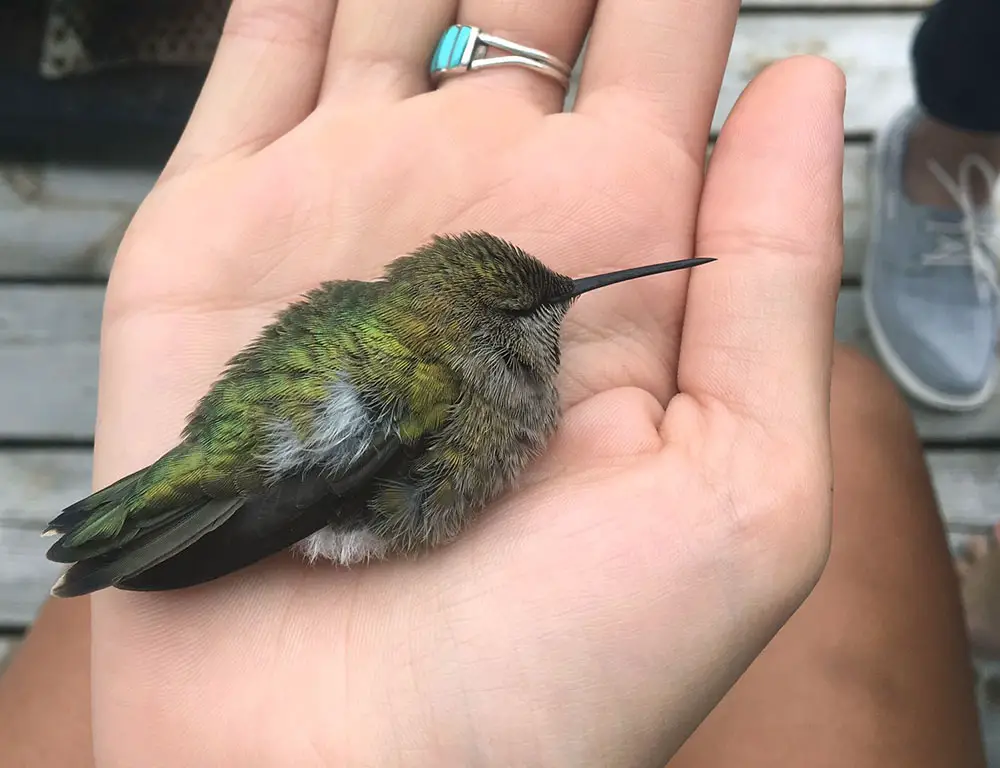
Symptoms of Sick Hummingbirds
Hummingbirds are small, vibrant birds known for their rapid wing beats and ability to hover in mid-air. While they are generally hardy creatures, they can occasionally fall ill.
How to tell if a hummingbird is sick. Identifying the symptoms of a sick hummingbird is crucial for providing appropriate care. Here are some common signs to look out for:
Lethargy
A sick hummingbird may appear weak, inactive, and spend more time perched rather than flying or feeding. It may also have difficulty maintaining its balance.
Changes in Behavior
If you notice a hummingbird that is unusually quiet or less active than usual, it could be an indication of illness. Sick birds may also exhibit abnormal behaviors like excessive grooming, trembling, or difficulty in perching.
Weight Loss
Observe the hummingbird’s body condition carefully. A sick bird might appear thin or emaciated due to reduced appetite or an underlying health issue.
Disheveled Feathers
Healthy hummingbirds take great care of their feathers, constantly preening to maintain their iridescent plumage. If you notice a hummingbird with unkempt or ruffled feathers, it could be a sign of illness.
Respiratory Distress
Labored or irregular breathing, wheezing, or open-mouthed breathing are indicators of respiratory problems in hummingbirds. Observe the bird’s breathing pattern closely to detect any abnormalities.
Visible Injuries or Abnormalities
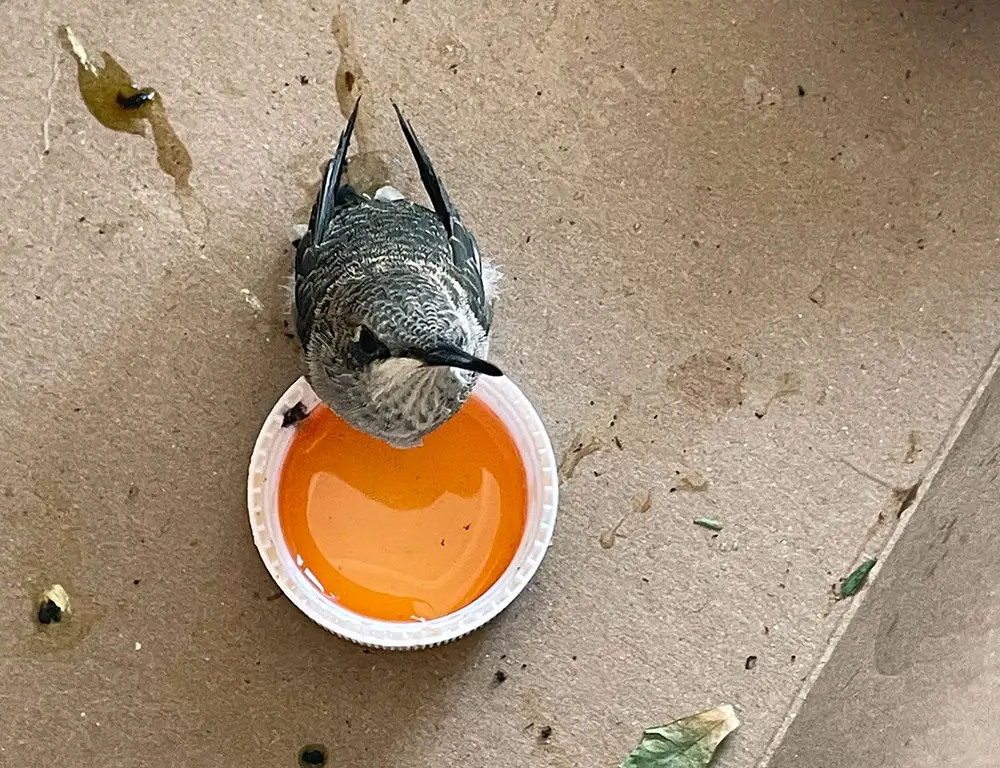
Look for any visible signs of injury, such as wounds, bleeding, or swelling. These could result from accidents, predation attempts, or infections.
Discharge From Eyes or Beak
A sick hummingbird may have watery or crusty discharge from its eyes or beak. This could indicate an infection or an underlying health issue.
Changes in Droppings
Keep an eye on the bird’s droppings. Unusual color, consistency, or frequency of droppings might suggest gastrointestinal problems or infections.
Loss of Appetite
A decrease in food consumption or refusal to feed is a concerning symptom. Hummingbirds have high metabolic rates and require regular feeding, so a loss of appetite can be a sign of illness.
Increased Aggression or Territorial Behavior
While hummingbirds can be territorial by nature, a sick bird might exhibit more aggressive or territorial behavior than usual, as it tries to protect its limited energy reserves.
If you notice any of these symptoms in a hummingbird, it is important to consult a licensed wildlife rehabilitator, bird veterinarian, or a local hummingbird rescue organization.
They can provide professional guidance and determine the best course of action for the bird’s well-being.
It is essential to remember that handling and providing care to hummingbirds require specialized knowledge and should only be done by trained professionals.
Sick Hummingbird Behavior
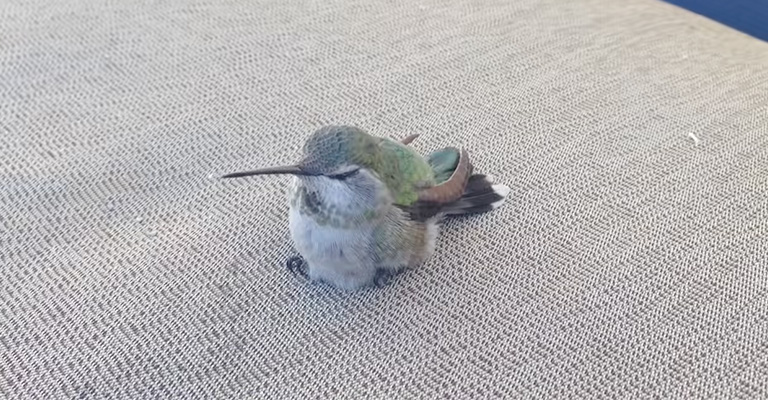
Sick hummingbird Behavior can vary depending on the underlying illness or condition. However, there are some common behavioral changes that may be observed in sick hummingbirds.
Here are a few examples:
Lethargy
Sick hummingbirds often exhibit a lack of energy and become less active. They may spend more time perched or resting instead of engaging in their typical flight and feeding behaviors. The bird may appear weak and exhibit decreased mobility.
Decreased Feeding
A sick hummingbird may show a reduced interest in feeding or may stop feeding altogether. This can result in weight loss and a decline in overall body condition.
Changes in Flight Patterns
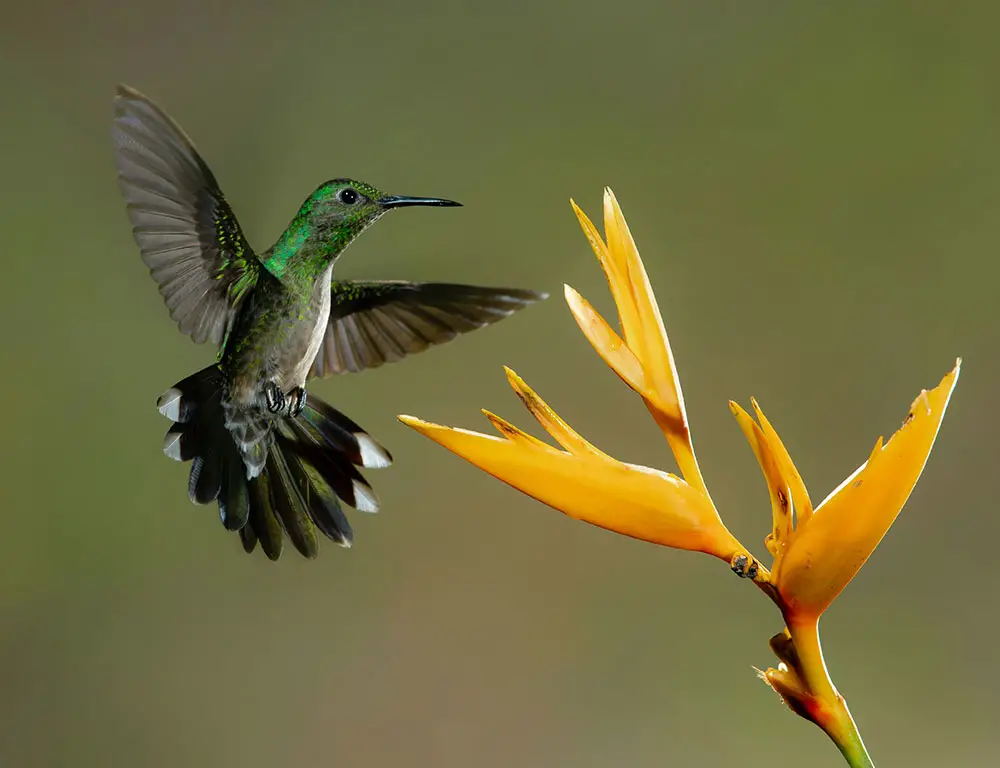
Sick hummingbirds may have difficulty flying or exhibit irregular flight patterns. They may appear uncoordinated or have trouble maintaining their balance in mid-air.
Altered Vocalizations
Normally, hummingbirds are quite vocal, using chirps and vocalizations to communicate. A sick hummingbird may become quieter or may produce abnormal vocalizations, such as weak or distressed sounds.
Abnormal Posture or Positioning
Sick hummingbirds may exhibit abnormal postures or positions. They might hunch their bodies, tuck their heads, or appear unsteady on perches. They may also exhibit trembling or shivering.
Increased Time Spent Preening
While grooming is a natural behavior for hummingbirds, a sick bird may excessively groom itself or exhibit abnormal grooming behaviors. This could be a response to discomfort or irritation caused by an underlying illness.
Reduced Interaction With Other Hummingbirds
Sick hummingbirds may withdraw from social interactions and show reduced interest in interacting with other birds. They may become more isolated or avoid competing for resources.
Increased Aggression or Territorial Behavior
While hummingbirds can be territorial by nature, a sick bird may display heightened aggression or territoriality. This behavior is often a defense mechanism to protect limited energy reserves or resources.
It’s important to note that these behavioral changes are general indicators and may not be specific to a particular illness. Additionally, some of these behaviors could also be observed in healthy hummingbirds during normal circumstances.
If you suspect a hummingbird is sick, it is advisable to consult a licensed wildlife rehabilitator, bird veterinarian, or a local hummingbird rescue organization for proper assessment and care.
Does a Bird Being in Torpor Mean Being Sick?
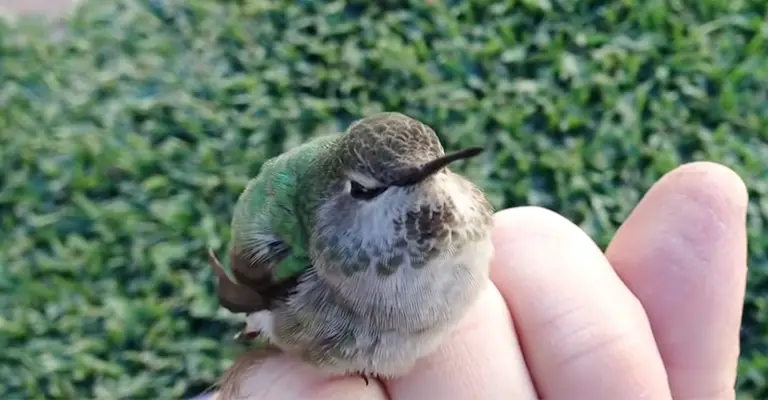
During winter, you might easily be confused that the hummingbird is sick. But it might actually be torpor. At the time of torpor, birds will sit on the branch and be like they are sick, but, in fact, they are actually hibernating.
This mode helps the hummingbirds to save a ton of energy, especially during colder months when food is scarce. Hummingbirds also don’t need to eat or drink when they are in torpor, but once their body temperature rises up, they wake up.
One obvious sign of torpor is hanging upside down. Now, if you are still confused that the little hummingbird is ill, you can consult the wildlife rehabilitation center.
Common Hummingbird Diseases
Hummingbirds, like all living creatures, can be susceptible to various diseases. While they are generally resilient, it’s important to be aware of some common ailments that can affect these small birds. Here are a few of the most prevalent diseases seen in hummingbirds:
Avian Influenza (Bird Flu)
Avian influenza is a viral infection that can affect hummingbirds, although it is rare. The virus can cause respiratory distress, and decreased activity, and can be fatal in severe cases.
It is important to note that the risk of hummingbirds contracting avian influenza from wild or domestic birds is low, but precautions should still be taken to minimize potential exposure.
Salmonellosis
Salmonellosis is a bacterial infection caused by the Salmonella bacteria. Hummingbirds can contract this disease from contaminated food or water sources, such as feeders or birdbaths.
Symptoms include lethargy, weight loss, diarrhea, and dehydration. Salmonellosis can be severe, leading to organ failure or death, especially in young or weakened birds.
Candidiasis
Candidiasis is a fungal infection caused by the Candida yeast. It commonly affects the digestive tract of hummingbirds, causing oral lesions, difficulty swallowing, regurgitation, and weight loss.
The infection can spread to other organs and become systemic, leading to severe illness or death. Candidiasis often occurs when the hummingbird’s immune system is compromised or when there is an overgrowth of yeast due to poor feeding hygiene.
West Nile Virus
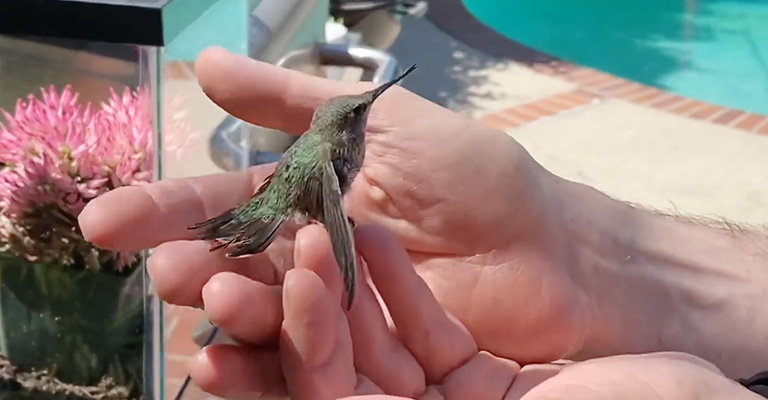
West Nile Virus (WNV) is a mosquito-borne disease that can affect various bird species, including hummingbirds.
Infected mosquitoes transmit the virus to birds during feeding. While hummingbirds are not major carriers of WNV, they can become infected if bitten by an infected mosquito.
Symptoms may include weakness, lethargy, tremors, or paralysis. It’s important to note that WNV transmission between birds and humans is rare, but appropriate precautions should be taken to reduce mosquito breeding grounds.
Parasitic Infections
External and internal parasites can affect hummingbirds. External parasites, such as mites or lice, can cause irritation, feather damage, and itching.
Internal parasites, like protozoans or helminths, can lead to digestive issues, anemia, or reduced overall health.
Regular cleaning and maintenance of feeders and the surrounding area can help minimize the risk of parasitic infections.
Metabolic Bone Disease
Metabolic Bone Disease (MBD) can occur in hummingbirds due to calcium and vitamin D3 deficiencies. Hummingbirds require proper levels of calcium for strong bones and eggshell production.
MBD can cause skeletal deformities, weak bones, muscle tremors, and difficulty flying. An unbalanced diet or inadequate access to sunlight for vitamin D3 synthesis can contribute to this condition.
It’s important to remember that proper hygiene, a balanced diet, and maintaining a clean environment are essential for hummingbird health.
If you suspect a hummingbird is ill, it is best to contact a licensed wildlife rehabilitator, bird veterinarian, or a local hummingbird rescue organization for guidance and assistance.
These professionals can provide appropriate diagnosis, treatment, and care to help the bird recover and return to its natural habitat.
Lice and Mites Affecting Hummingbirds
Just like other animals, even if hummingbirds are small, they are also susceptible to lice and mites. In fact, they are so much affected by it that in research, it was shown that there is 60 percent of feather mites in the tail of a hummingbird.
These mites usually destroy all the feathers of hummingbirds’ heads and tails, which expose their skin to the sun. Now, exposing their skin to the sun is fatal for baby birds, especially if they fail to grow feathers quickly.
Apart from that, there are some insects that are invasive and show signs of illness in the tiny little birdies: Booklice, Carpet beetles, Cloth moths, and Spider beetles are a few such insects that could affect the hummingbird.
How Do You Help A Sick Hummingbird?
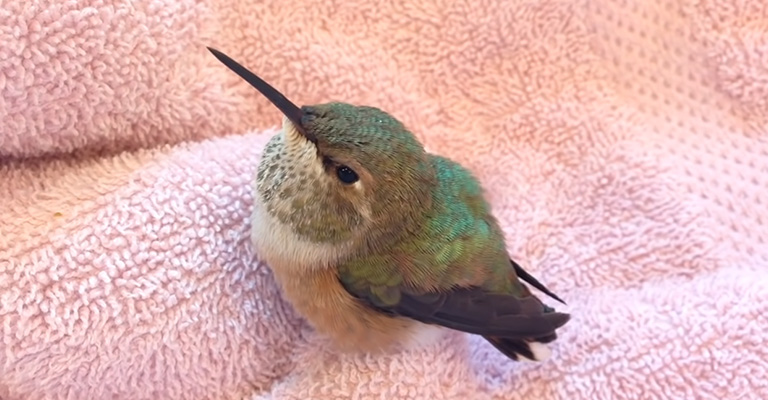
If you encounter a sick hummingbird, it’s important to remember that these birds require specialized care and handling. Here are some general guidelines to help a sick hummingbird:
Observe From a Distance
Approach the hummingbird cautiously and observe its behavior from a distance. Avoid making sudden movements or loud noises that could startle the bird and cause further stress.
Contact a Professional
It’s crucial to contact a licensed wildlife rehabilitator, bird veterinarian, or a local hummingbird rescue organization for guidance.
These experts have the necessary knowledge and experience to provide appropriate care for sick or injured hummingbirds.
Provide a Safe Environment
If the bird is in immediate danger, such as being in the path of predators or vehicles, you can carefully and gently place it in a secure box or container.
Ensure there are small ventilation holes and place a soft cloth or tissue at the bottom to provide a comfortable surface. Keep the container in a quiet and warm area away from pets and children.
Minimize Stress
Limit handling and interaction with the hummingbird as much as possible, as they are delicate creatures and can easily become stressed.
Stress can worsen their condition or lead to injuries. It’s important to let the professionals assess and determine the best course of action.
Offer a Hummingbird-friendly Environment
If you have a hummingbird feeder or birdbath, maintain proper hygiene by regularly cleaning and disinfecting them to prevent the spread of diseases.
Clean feeders and replace nectar or water frequently to avoid contamination. Providing a clean and safe environment can help prevent the transmission of infections or parasites.
Don’t Offer Food or Water Directly
While it might be tempting to offer food or water to a sick hummingbird, it’s best to leave this task to the professionals. Incorrect feeding methods or inappropriate food can cause more harm than good.
Hummingbirds have specific dietary needs, and providing the wrong type of food or inappropriately feeding them can be detrimental to their health.
Educate Others
Spread awareness about the proper care and conservation of hummingbirds. Encourage others to create hummingbird-friendly habitats by planting native nectar-producing flowers, avoiding the use of pesticides, and providing clean water sources.
Remember, licensed professionals are best equipped to provide the necessary care for sick hummingbirds.
They can properly diagnose the bird’s condition, administer appropriate treatments, and ensure the bird’s well-being. By contacting them promptly, you can give the sick hummingbird the best chance of recovery and survival.
How to Help Hummingbirds Prevent Common Diseases?
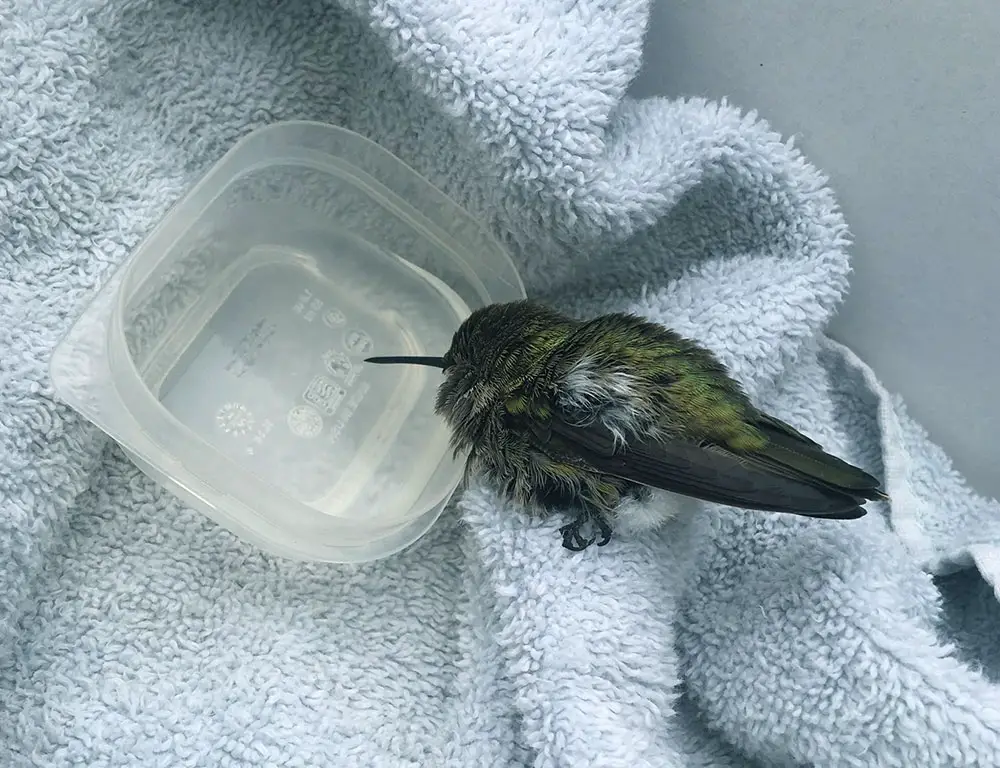
Preventing common diseases in hummingbirds involves creating a healthy and safe environment for these delicate creatures. Here are some measures you can take to help prevent diseases in hummingbirds:
Provide Clean Food and Water Sources
Ensure that hummingbird feeders and birdbaths are clean and free from contamination. Clean feeders regularly, at least every few days, by thoroughly rinsing them with hot water and using a mild soap if necessary. Replace the nectar or water frequently to prevent the growth of bacteria or fungi.
Use the Right Nectar Solution
Prepare hummingbird nectar using the correct recipe of four parts water to one part white granulated sugar.
Avoid using honey, brown sugar, or artificial sweeteners, as these can be harmful to hummingbirds. The nectar solution should be changed every few days, especially in warm weather, to prevent fermentation or bacterial growth.
Maintain Good Hygiene Practices
Wash your hands thoroughly before and after handling hummingbird feeders or interacting with hummingbirds. This helps prevent the spread of potential pathogens.
Choose Appropriate Feeder Designs
Opt for feeders that are easy to clean and have minimal crevices or intricate parts that can harbor bacteria or mold. Tube-style feeders with removable parts are often easier to clean effectively.
Keep Feeders and Birdbaths in the Shade
Placing feeders and birdbaths in shaded areas helps prevent the growth of algae or bacteria, as direct sunlight can accelerate their development. Regularly inspect and clean the birdbaths to keep them free from debris and provide fresh water.
Practice Responsible Yard Maintenance
Avoid using pesticides, herbicides, or chemical fertilizers near hummingbird feeders or flower gardens, as these substances can be toxic to hummingbirds. Instead, opt for natural and organic gardening practices to create a safe and healthy environment.
Plant Native Nectar-rich Flowers
Create a hummingbird-friendly habitat by planting native flowers that provide nectar as a natural food source.
Research which native flower species are suitable for your region and choose a variety that blooms at different times throughout the year to ensure a continuous nectar supply.
Prevent Mosquito Breeding Grounds
Reduce standing water sources in your yard to minimize mosquito populations, as they can transmit diseases to hummingbirds. Regularly empty and clean containers, gutters, or other areas where water can accumulate.
By implementing these preventative measures, you can help ensure that hummingbirds thrive in a healthy and disease-free environment.
Remember, providing a safe habitat and proper care contributes to the overall well-being and conservation of these remarkable birds.
Do Hummingbirds Carry Disease?
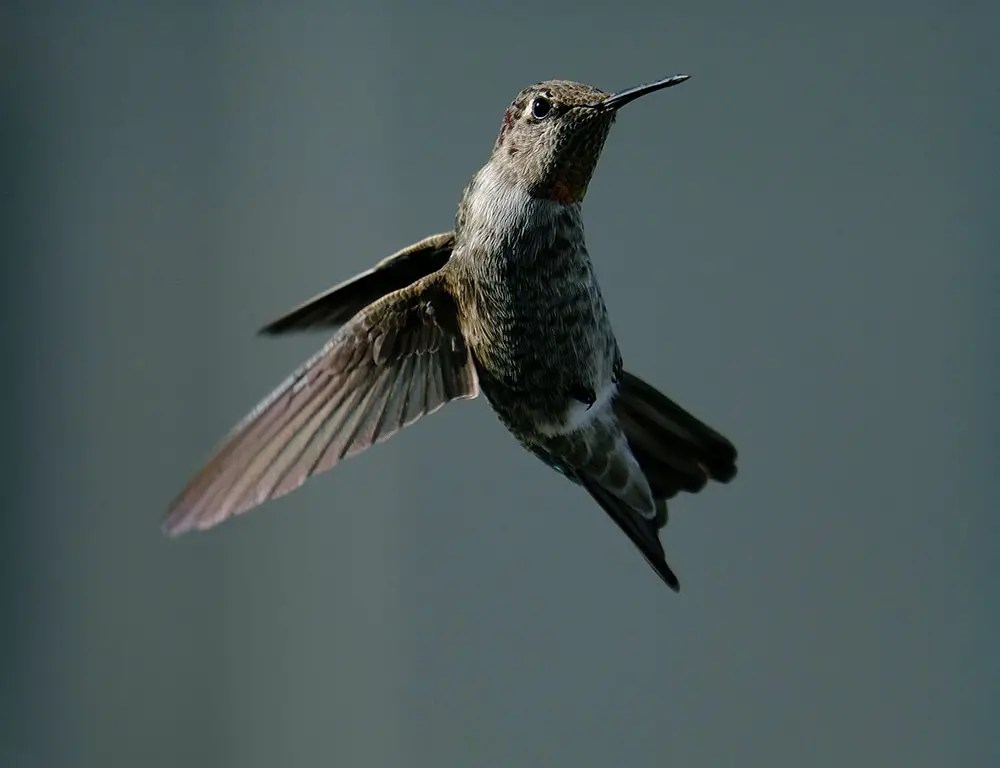
Hummingbirds can carry diseases, but the majority of microbes found in hummingbird feeders do not pose a significant health hazard to birds or humans.
However, some microbes associated with disease have been identified, so it is recommended to clean feeders regularly and avoid cleaning them in areas where human food is prepared.
Despite the potential risks, hummingbird feeders pose a lower risk of spreading disease compared to general feeders due to limited groups of birds visiting them.
It is advised to consider pausing the use of hummingbird feeders in areas with high transmission of diseases like Avian influenza, or if used, to clean them daily to reduce the risk.
FAQs
Some of the most common diseases in hummingbirds include avian influenza (bird flu), salmonellosis, candidiasis, West Nile Virus, and parasitic infections.
Hummingbirds can contract diseases through various means, including contaminated food or water sources, exposure to infected birds or mosquitoes, improper hygiene at feeding stations, or exposure to parasites like mites or lice.
Signs of a sick hummingbird can include lethargy, decreased activity, weight loss, abnormal postures, changes in feeding behavior, respiratory distress, regurgitation, diarrhea, or abnormalities in flight patterns. However, it’s important to consult professionals for accurate diagnosis and interpretation of symptoms.
With prompt and appropriate care, hummingbirds can recover from certain diseases. However, the prognosis depends on the specific disease, the severity of the infection, and the overall health of the bird. It’s essential to consult professionals, such as wildlife rehabilitators or bird veterinarians, for the best chances of recovery.
To prevent diseases in hummingbirds, maintain clean and hygienic feeders, prepare fresh nectar regularly, provide a safe and pesticide-free environment, clean birdbaths frequently, plant native nectar-rich flowers, and avoid actions that can stress or harm the birds. Educating others about disease prevention is also crucial for overall hummingbird conservation.
Why Do Hummingbirds Chase Each Other?
Hummingbirds chase each other primarily due to their aggressive and territorial nature, especially when it comes to food sources like nectar. They are unsocial creatures that fiercely defend their favorite flowers from competitors, ensuring they have exclusive access to food.
Additionally, male hummingbirds chase females during mating season as part of their courtship display. This behavior is driven by the need to establish dominance, secure resources, and attract mates
Final Word
If you love to watch birds and you notice that something is wrong with the hummingbirds in your yard. The first instinct would be to jump to rescue like most of us.
But keep in mind dealing with a hummingbird on your own is challenging, especially if you are not an expert. That’s why it’s best to call an expert wildlife rehabilitator to deal with it. They have the knowledge and expertise to deal with many types of diseases and injuries in these small birds.
If you contact a rehabilitator, they might need some time to reach back to you. So in the meantime, you could keep the feeders clean, observe the birdies and use the right sugar water recipe. So you will always be aware of the situation when something happens.